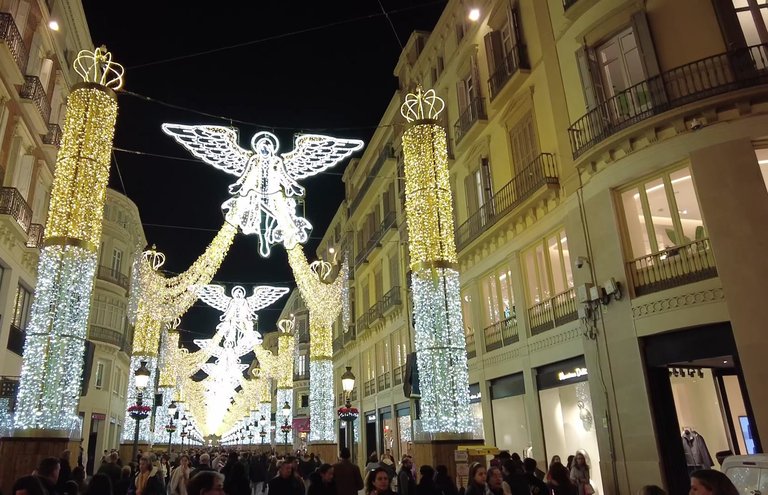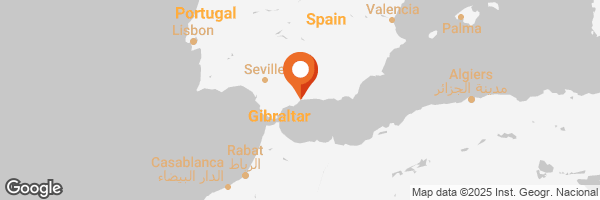
Hello friends. I’m writing the first travel post of 2025. Let me start by wishing you all a happy new year. In this initial post, I wanted to share my visit to Málaga, a city in Spain. This trip was one of our journeys to the Andalusian region last year.

Málaga is a fairly large city with a population of half a million, making it the sixth-largest city in Spain. It’s also the warmest among Spain’s and Europe’s big cities. Even though we visited during winter, the temperature was around 19–20 degrees Celsius, which made walking around quite pleasant and enjoyable. Málaga is an intriguing city and is often referred to as the city of museums. Naturally we visited a few interesting ones. The city is also one of the oldest settlements in Europe, having been under the rule of the Roman Empire, the Arab Caliphate and the Kingdom of Castile. Located on the Mediterranean coast, it’s situated in the southernmost part of Spain.

Before starting our exploration, we needed to gather some energy, of course. Our first stop was the Central market. As I’ve mentioned before, markets are great places to begin discovering the culture and atmosphere of a city in Spain. Although Málaga’s market isn’t as impressive as some others in Spain, you can find many specialties here, particularly seafood. You can eat your meal right there or buy ingredients to prepare yourself. The seafood is quite varied, including fish, mussels, oysters and of course, Spain’s traditional anchovies. However, I believe the best anchovies come from the north, specifically Cantabria.






Our next stop as in almost every Spanish city, was a cathedral. The Málaga Cathedral, construction of which began in the 15th century, features styles from later periods such as Gothic, Baroque and Neoclassical. An interesting aspect is that it’s one of the unfinished projects. The construction was never completed and one of its two towers remains missing. For this reason, it’s popularly referred to as La Manquita (The One-Armed Lady). Its garden has a lovely area filled with orange trees.





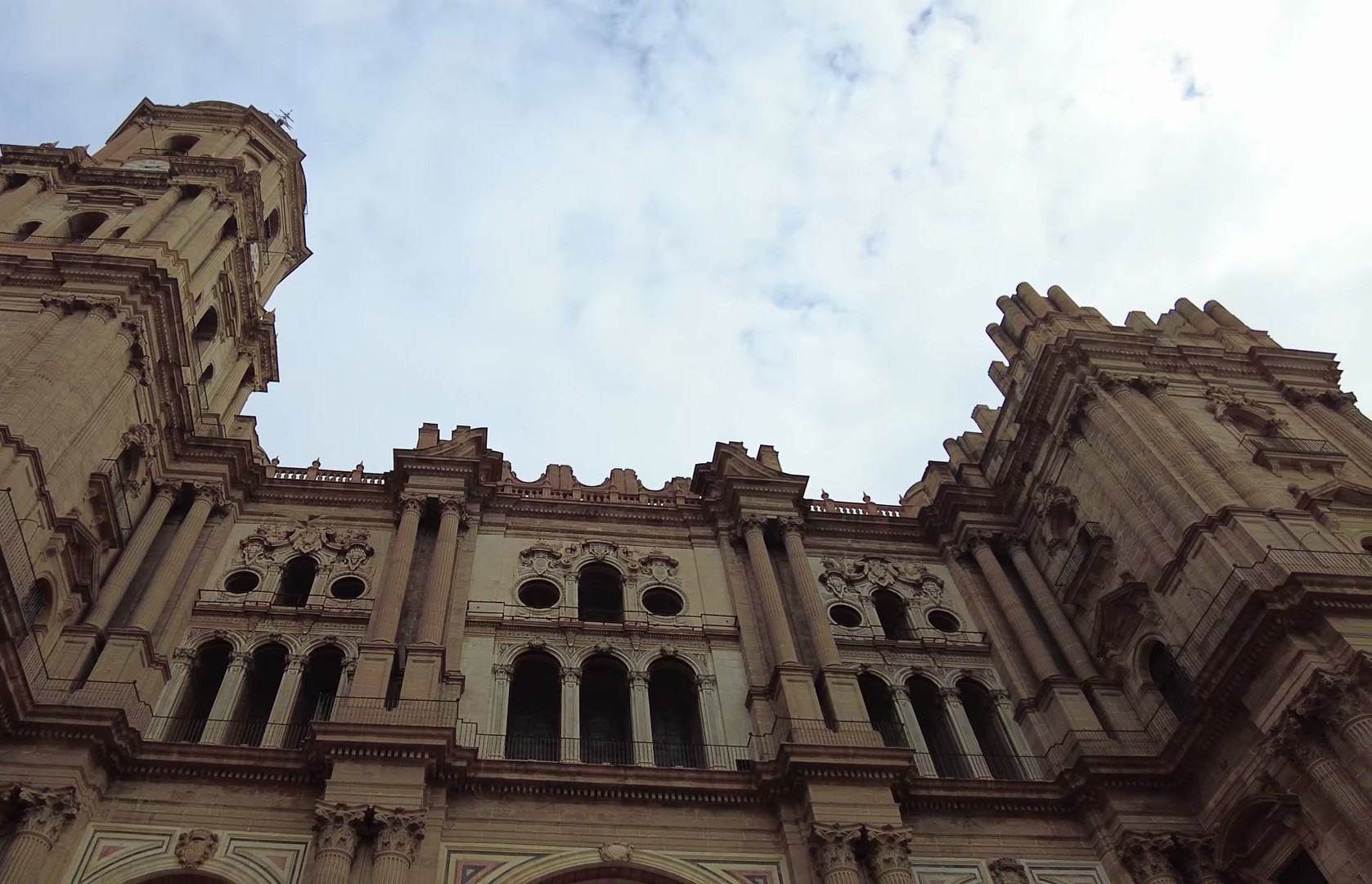

Málaga is also the birthplace of Pablo Picasso. Born on October 25 1881, Picasso came from a wealthy family, with his father being a painter as well. It’s said that Picasso never made child-like drawings but instead created proper artworks right from the start. A reproduction of his drawing of Hercules, made when he was nine years old, is displayed here. Picasso lived in this house until the age of nine and his childhood greatly influenced his art. He later moved to Coruña, then Barcelona and Madrid for his art education, though he left the Madrid academy, finding its methods unsatisfactory. In hindsight it seems he had every right to do so.

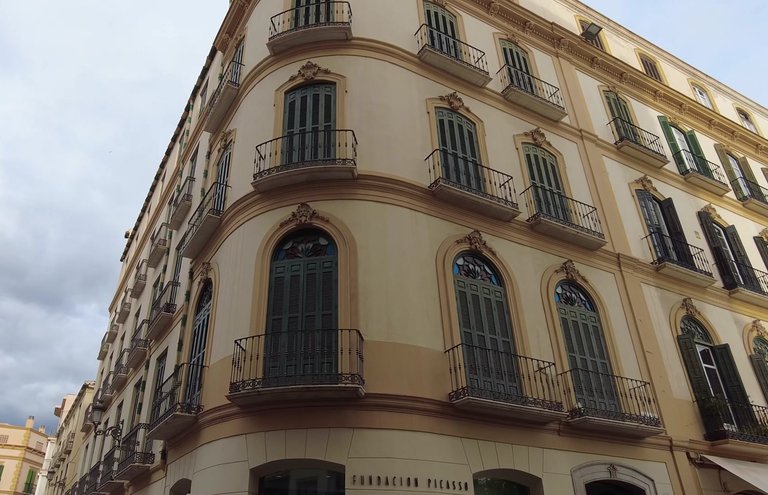

The bull theme, often seen in Picasso’s works originates from his childhood experiences watching bullfights with his father. And his father’s pastoral landscapes and dove drawings inspired Picasso’s famous dove figure, a symbol of peace and disarmament.



Picasso’s exploration of the human body, particularly nude forms and the interactions between the artist and these figures are particularly fascinating. These studies laid the groundwork for the unique Cubist style he later developed. However, I wouldn’t classify Picasso’s birthplace as a true house-museum since it preserves little from daily life, except for a couple of objects from that era. Even so, you can still sense the atmosphere of the house. Being on a corner, the living room faces this angle with its beautiful balconies, likely offering a wonderful view of the square back then.




It’s hard to get enough of talking about Picasso, but the museum in his birthplace carries more of a symbolic significance. After all Picasso spent only the first nine years of his life here and the number of works displayed is quite limited. For a deeper dive, the must-see location is the Picasso Museum in Málaga. This museum is a popular attraction, especially during holidays and in warm weather. The idea for the museum actually came from Picasso himself back in 1953. But it was finally opened in 2003 with the contributions of Picasso’s daughter-in-law Christine and grandson Bernard Ruiz-Picasso. The museum is housed in the Buenavista Palace, a structure with impressive architecture in its own right. Its collection consists of numerous works donated by Picasso’s family.




The museum presents Picasso’s artistic journey in different periods: the realism influences of his youth, the Cubist era abstract works and other styles. It also offers a better understanding of the inspirations behind his works during various phases of his life. For example, Picasso, who became a symbol of peace with his blue dove figure, also produced works containing anti-war messages. Living in France during World War II, he supported the resistance movement and reflected his political views in his works.



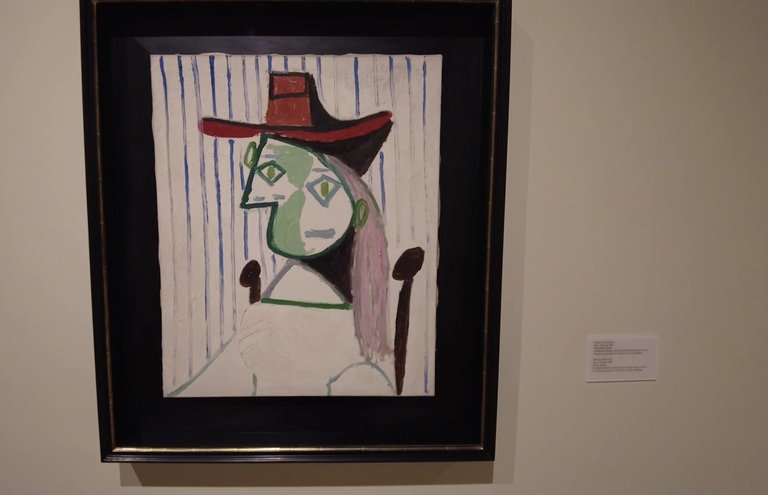
Picasso’s art had a profound impact on modern painting and avant-garde movements. As a pioneer of Cubism, his work is recognized as a foundation for other contemporary art movements like Surrealism and abstraction. When we visited, the museum featured a special exhibition titled Echo Picasso, dedicated to the 50th anniversary of Picasso’s death. This exhibit highlighted Picasso’s influence on other contemporary artists, displaying his works alongside those inspired by them, a captivating experience for visitors.



And the building housing the exhibition, the Buenavista Palace, stood out with its striking architecture and design. Speaking of design, one cannot miss mentioning the renowned designer Ettore Sottsass. Known for his work in ceramics, industrial design, jewelry and fashion, Sottsass had a significant influence on modern design.

Another remarkable venue in Málaga is the local branch of the Pompidou Centre. Though I approached it with some skepticism initially, the exhibition here was really impressive. One temporary exhibit focused on Ettore Sottsass, showcasing his ceramic works, industrial design projects and iconic creations for Olivetti, such as the legendary Valentine typewriter, a design icon in industrial design. Sottsass was also one of the founders of the Memphis movement, which emerged as a reaction against the functionalism of modernism and is considered a precursor of postmodern design. Vibrant colors and innovative use of materials are key characteristics of the Memphis movement.




The Pompidou’s permanent collection is equally impressive. Alongside classics by artists like Marc Chagall, it features works by many contemporary creators. Particularly notable was Japanese designer Shigeru Ban’s emergency shelter design, constructed from cardboard tubes and beer crates. An innovative and practical solution combining architecture and humanitarian aid.





Málaga is a city rich in historical and cultural significance. Unfortunately, with only a couple of days to explore, we couldn’t visit many of its key attractions. Given how exhausting the heat can be in summer, winter is a far better choice for visiting museums or exploring historical sites. If you ever visit, I recommend setting aside plenty of time to fully discover the city. For us, this short Málaga tour was just the beginning.




